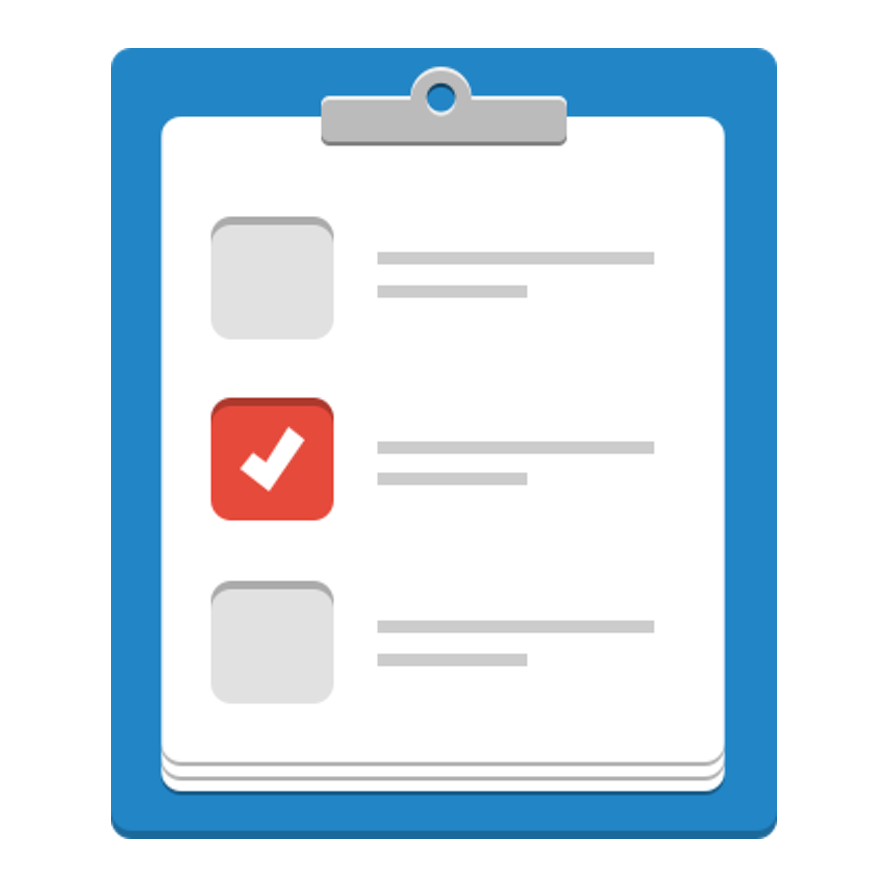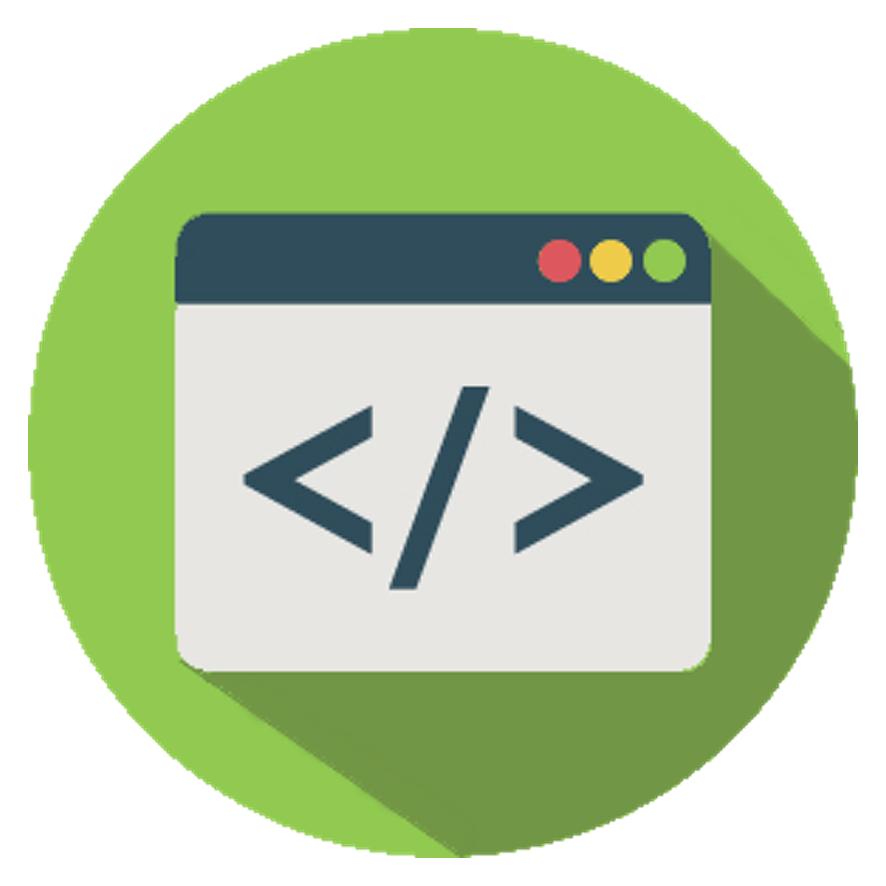Protein Profile
Version: 0.11-RELEASE (07 April 2020)
Bioschemas profile describing a Protein in Life Sciences.
If you spot any errors or omissions with this type, please file an issue in our GitHub.
Key to specification table
- Green properties/types are proposed by Bioschemas, or indicate proposed changes by Bioschemas to Schema.org
- Red properties/types exist in the core of Schema.org
- Blue properties/types exist in the pending area of Schema.org
- Black properties/types are reused from external vocabularies/ontologies
CD = Cardinality
| Property | Expected Type | Description | CD | Controlled Vocabulary | Example |
|---|---|---|---|---|---|
| Marginality: Minimum. | |||||
| @context | URL | Used to provide the context (namespaces) for the JSON-LD file. Not needed in other serialisations. |
ONE | ||
| @type | Text | Schema.org/Bioschemas class for the resource declared using JSON-LD syntax. For other serialisations please use the appropriate mechanism. While it is permissible to provide multiple types, it is preferred to use a single type. |
MANY | Schema.org, Bioschemas | |
| @id | IRI | Used to distinguish the resource being described in JSON-LD. For other serialisations use the appropriate approach. | ONE | ||
| dct:conformsTo | IRI | Used to state the Bioschemas profile that the markup relates to. The versioned URL of the profile must be used. Note that we use a CURIE in the table here but the full URL for Dublin Core terms must be used in the markup (http://purl.org/dc/terms/conformsTo), see example. |
ONE | Bioschemas profile versioned URL | |
| identifier |
PropertyValue Text URL |
Schema: The identifier property represents any kind of identifier for any kind of Thing, such as ISBNs, GTIN codes, UUIDs etc. Schema.org provides dedicated properties for representing many of these, either as textual strings or as URL (URI) links. See background notes for more details. |
ONE | ||
| name |
Text |
Schema: The name of the item. |
ONE | ||
| Marginality: Recommended. | |||||
| associatedDisease |
MedicalCondition PropertyValue URL |
Schema: Disease associated to this BioChemEntity. Such disease can be a MedicalCondition or a URL. If you want to add an evidence supporting the association, please use PropertyValue. Bioschemas: Disease associated to this protein, if any. |
MANY | ||
| description |
Text |
Schema: A description of the item. Bioschemas: Protein function. We recommend to start the description with “Function: […]”. |
ONE | ||
| isEncodedByBioChemEntity |
DNA Gene RNA |
Schema: Another BioChemEntity encoding by this one. Inverse property: encodesBioChemEntity. Inverse property: encodesBioChemEntity. |
MANY | Any suitable ontology |
|
| taxonomicRange |
DefinedTerm Taxon Text URL |
Schema: The taxonomic grouping of the organism that expresses, encodes, or in someway related to the BioChemEntity. Bioschemas: Bioschemas Protein: For proteins, it is recommended to use this property to specify the taxon/organism corresponding to a genome including a expressed gene that can be translated to this protein. For taxon/organism, it is a good practice to use hasCategoryCode to point to a controlled vacabulary such as NCBI taxon or UniProt Taxonomy. |
MANY | Taxonomies or any suitable controlled vocabulary |
|
| url |
URL |
Schema: URL of the item. Bioschemas: Link to the official webpage associated to this entity. |
ONE | ||
| Marginality: Optional. | |||||
| alternateName |
Text |
Schema: An alias for the item. Bioschemas: Use it for alternate names of this Protein |
MANY | ||
| bioChemInteraction |
BioChemEntity |
Schema: A BioChemEntity that is known to interact with this item. |
MANY | Any suitable source of information |
|
| bioChemSimilarity |
BioChemEntity |
Schema: A similar molecular entity, e.g., obtained by fingerprint similarity algorithms. |
MANY | ||
| hasBioChemEntityPart |
BioChemEntity URL |
Schema: Indicates a BioChemEntity that (in some sense) has this BioChemEntity as a part. Inverse property: isPartOfBioChemEntity. |
MANY | Any suitable ontology |
|
| hasBioPolymerSequence |
Text |
Schema: A symbolic representation of a BioChemEnity. For example, a nucleotide sequence of a Gene or an amino acid sequence of a Protein. |
MANY | ||
| hasMolecularFunction |
DefinedTerm PropertyValue URL |
Schema: Molecular function performed by this BioChemEntity Bioschemas: GO term corresponding to the Molecular Function branch of the GO ontology. |
MANY | Any suitable ontology |
|
| hasRepresentation |
PropertyValue Text URL |
Schema: A common representation such as a protein sequence or chemical structure for this entity. For images use schema.org/image. Bioschemas: Bioschemas Protein: This property could be used, for instance, to link to a page containing the corresponding sequence protein. If you want to better define the nature of the representation, use a PropertyValue as described in additionalProperty. |
MANY | ||
| image |
ImageObject URL |
Schema: An image of the item. This can be a URL or a fully described ImageObject. |
MANY | ||
| isInvolvedInBiologicalProcess |
DefinedTerm PropertyValue URL |
Schema: Biological process this BioChemEntity is involved in; please use PropertyValue if you want to include any evidence. Bioschemas: Functional term corresponding to the biological process (typically the Biological Process branch of the GO ontology). |
MANY | Any suitable ontology |
|
| isLocatedInSubcellularLocation |
DefinedTerm PropertyValue URL |
Schema: Subcellular location where this BioChemEntity is located; please use PropertyValue if you want to include any evidence. Bioschemas: Functional term corresponding to the subcellular location (typically the Subcellular Location branch of the GO ontology). |
MANY | Any suitable ontology |
|
| isPartOfBioChemEntity |
BioChemEntity |
Schema: Indicates a BioChemEntity that is (in some sense) a part of this BioChemEntity. Inverse property: hasBioChemEntityPart. Inverse property: hasBioChemEntityPart. Bioschemas: Bioschemas Protein: For proteins, it can be used to link to protein sequence annotations such as domains, sites, regions, etc. |
MANY | Any suitable ontology |
|
| mainEntityOfPage |
CreativeWork URL |
Schema: Indicates a page (or other CreativeWork) for which this thing is the main entity being described. See background notes for details. Inverse property: mainEntity. Bioschemas: Link to the main DataRecord representing this entity in a dataset. |
ONE | ||
| sameAs |
URL |
Schema: URL of a reference Web page that unambiguously indicates the item’s identity. E.g. the URL of the item’s Wikipedia page, Wikidata entry, or official website. Bioschemas: Link to any resource other than the Record and the official webpage, for instance a Wikipedia page. |
MANY | ||






